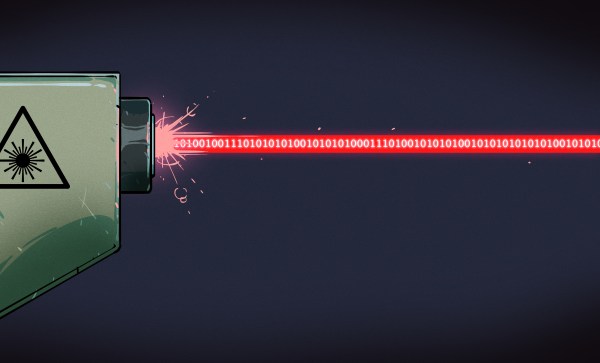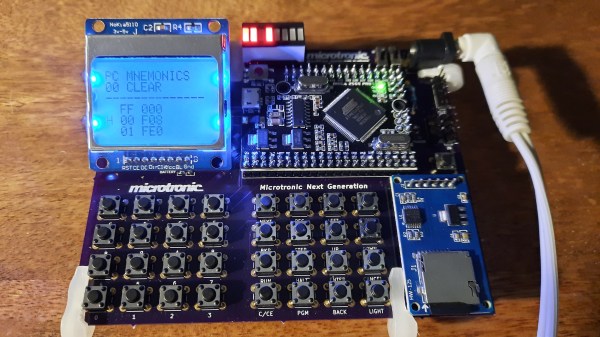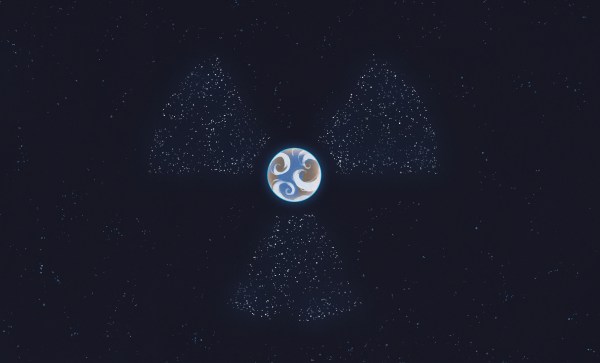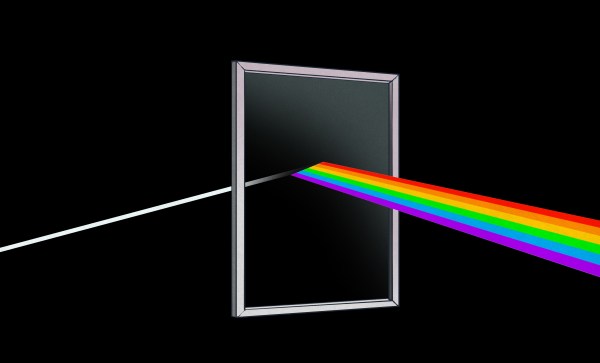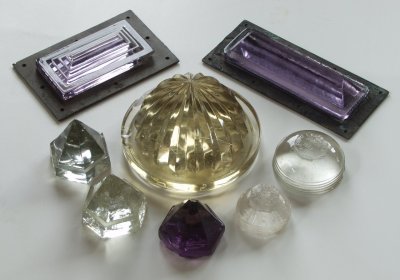Restoring vintage computers is the favorite task of many hardware hackers. Retrocomputing probably makes you think of home computer brands like Commodore, Amiga, or Apple but [Erik Baigar] is deeply into collecting early military computers from the UK-based Elliott company. Earlier this year he made a detailed video that shows how he successfully brought an Elliott 920M from the 1960s back to life.
It is quite amazing that the Elliott company already managed to fit their 1960s computer into a shoebox-sized footprint. As computers had not yet settled on the common 8bit word size back then the Elliott 900 series are rather exotic 18bit or 12bit machines. The 920M was used as a guidance computer for European space rockets in the 1960s and ’70s but also for navigational purposes in fighter jets until as late as 2010.
Opening up the innards of this machine reveals some exotic quirks of early electronics manufacturing. The logic modules contain multilayer PCBs where components were welded instead of soldered onto thin sheets of mylar foil that were then potted in Araldite.
To get the computer running [Erik Baigar] first had to recreate the custom connectors using a milling machine. He then used an Arduino to simulate a paper tape reader and load programs into the machine. An interesting hack is when he makes the memory reading and writing audible by simply placing a radio next to the machine. [Erik Baigar] finishes off his demonstration of the computer by running some classic BASIC games like tic-tac-toe and a maze creator.
If you would like to code your own BASIC programs on more modern hardware you should check out this BASIC interpreter for the Raspberry Pi Pico.
Video after the break.
Continue reading “Listening To The Sounds Of An 1960s Military Computer”




